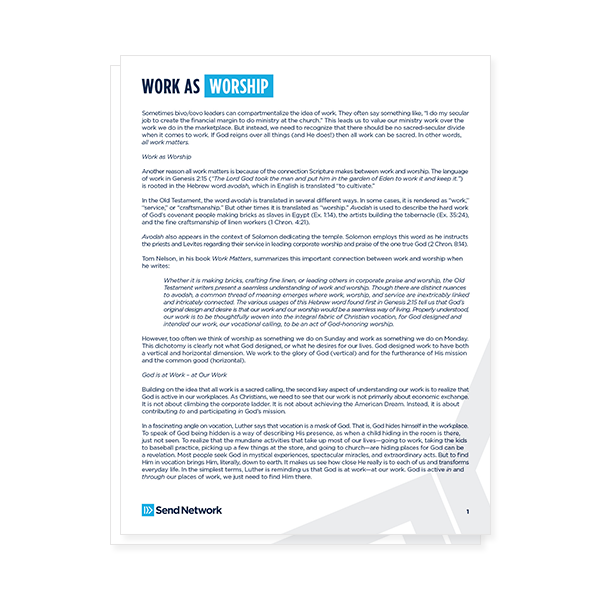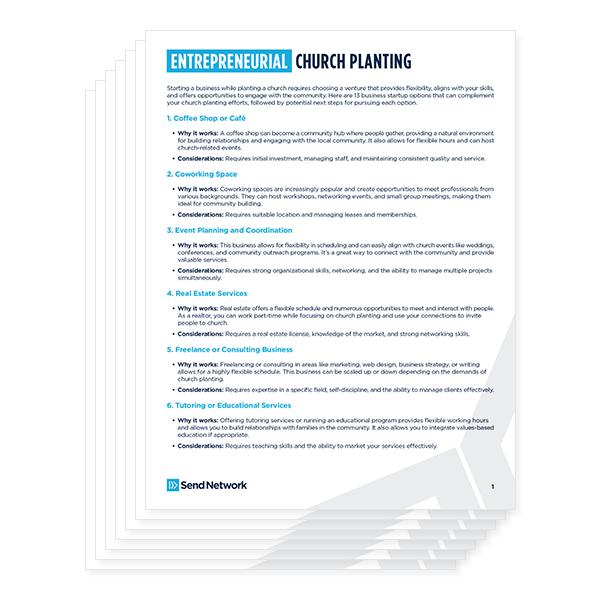The illiterate of the 21st century will not be those who cannot read and write, but those who cannot learn, unlearn, and relearn. ~ Alvin Toffler
When bringing about change in the way people behave, we often need to start with questions of “why” before considering the practical issues of “how.”
In the book Start with Why, author Simon Sinek contends there are two primary ways to influence human behavior: You can either manipulate it or inspire it. While manipulation is not always negative (for example when a department store drops the price of a product to motivate a purchase), it often involves the use of fear or peer pressure to influence behavior. Additionally, change that is manipulated is usually short-lived. Inspiring change, on the other hand, involves the consideration of deeper issues. We need to ask underlying questions of “why.” Why do we perceive things in a particular way? Why do we behave in a certain manner? What are the motivations that undergird our behaviors?
When considering the topic of change, it also is important to make a distinction between organizationalchange and cultural change. Attempts at organizational change typically involve restructuring of some type, along with the use of new programs, processes, and techniques. Cultural change, however, looks at how to create a new culture or environment, which will in turn require a completely new set of skills and capacities.
Those two principles — starting with why and concentrating on cultural change — provide the foundation for a 10-part blog series that begins with this post. Each of the next nine posts will deal with specific theological foundations that not only address the questions of why, but also help form genuine, long-lasting cultural change that will eventually bring about a brand-new set of skills and behaviors.
The answer to the crisis of the church in North America will not be found by making minor adjustments in our ecclesiology — how we do church. Instead, the problem is much more deeply rooted. It has to do with the essence of who we are as the church and what we have been called to do. The real issues in the current crisis are primarily spiritual, theological, and missiological. To plant and lead disciple-making, missional-incarnational churches that have a mind-set of reproduction will take deep cultural change in the way we think about God’s mission and the nature of the church, as well as how the church engages in that mission in local contexts.
Another way to frame the discussion is to use the language of paradigm. The word “paradigm” is commonly used to refer to a perception, assumption, or frame of reference. In the more general sense, it’s simply the way we see the world, in terms of perceiving, understanding, and interpreting.
Every organization, including the church, is built upon underlying paradigms or assumptions. This is not the same thing as the church’s beliefs or theological systems. Rather the paradigm determines how an organization thinks and, therefore, how it acts. Paradigms explain and then guide behavior. If we try to restructure an organization but leave the original paradigms in place, nothing will change within the organization. Therefore, for real change to take place, we need to experience a paradigm shift or, in most cases, multiple paradigm shifts.
A paradigm shift happens when there is a fundamental change in an underlying assumption. It’s a change from one way of thinking to another. There is a transformation, a sort of metamorphosis that takes place. Now in the context of our understanding of church, mission, and church planting, there are at least two reasons we need to experience this type of genuine paradigm shift.
First, if we have been “churched” for a long time, we typically have some deeply held assumptions about church and mission that may no longer be appropriate in a post-Christendom context. Often these assumptions need to be challenged, or at least investigated, to assure they are still correct. In the next nine posts, we will be dealing with several of these key paradigms.
Second, cultural change, and ultimately organizational change, will not last if it isn’t rooted in paradigm shift thinking. Without re-establishing certain theological foundations that help us “unlearn and relearn” (to reference the Alvin Toffler quote at the beginning of this post), we naturally default toward making modest tweaks in how we operate, rather than cutting to the deeper issues of why.
One final thought on the importance of paradigm thinking. This adage speaks to the importance of considering change in an organization: “We are perfectly designed to achieve what we are currently achieving.”
Stop for a moment and read that again.
If we apply this statement to the church today, one of the questions we might ask would be whether we are satisfied with what we are currently achieving. In other words, are we content or pleased with the impact the church is having today? If we are totally honest, the answer would seem to be a resounding “No!”
The fact is, regardless of what marker a person looks at to judge the health of the church in North America, every indicator is trending in the wrong direction. If we are perfectly designed to achieve what the church is currently achieving, then shouldn’t we ask if there is an issue in the way we are designed? Or at least question if there is an issue in the way we understand the nature of the church and its place in God’s mission? Do we need to reconsider the way we think about church planting? Are there “design” factors we need to rethink to achieve the outcomes we desire?
The strategies and techniques that fit previous eras of church history don’t seem to work any longer. What we need now is a new set of tools. We need a new vision of reality, a new paradigm — a fundamental change in our thinking that leads to a fundamental change in our behavior, especially as it relates to our understanding of the church, mission, discipleship, and church planting.
Action / Reflection
- Write down examples of both organizational changes and cultural changes that a typical church might need to consider.
- How would you frame these differences in your church?
Published April 16, 2018



